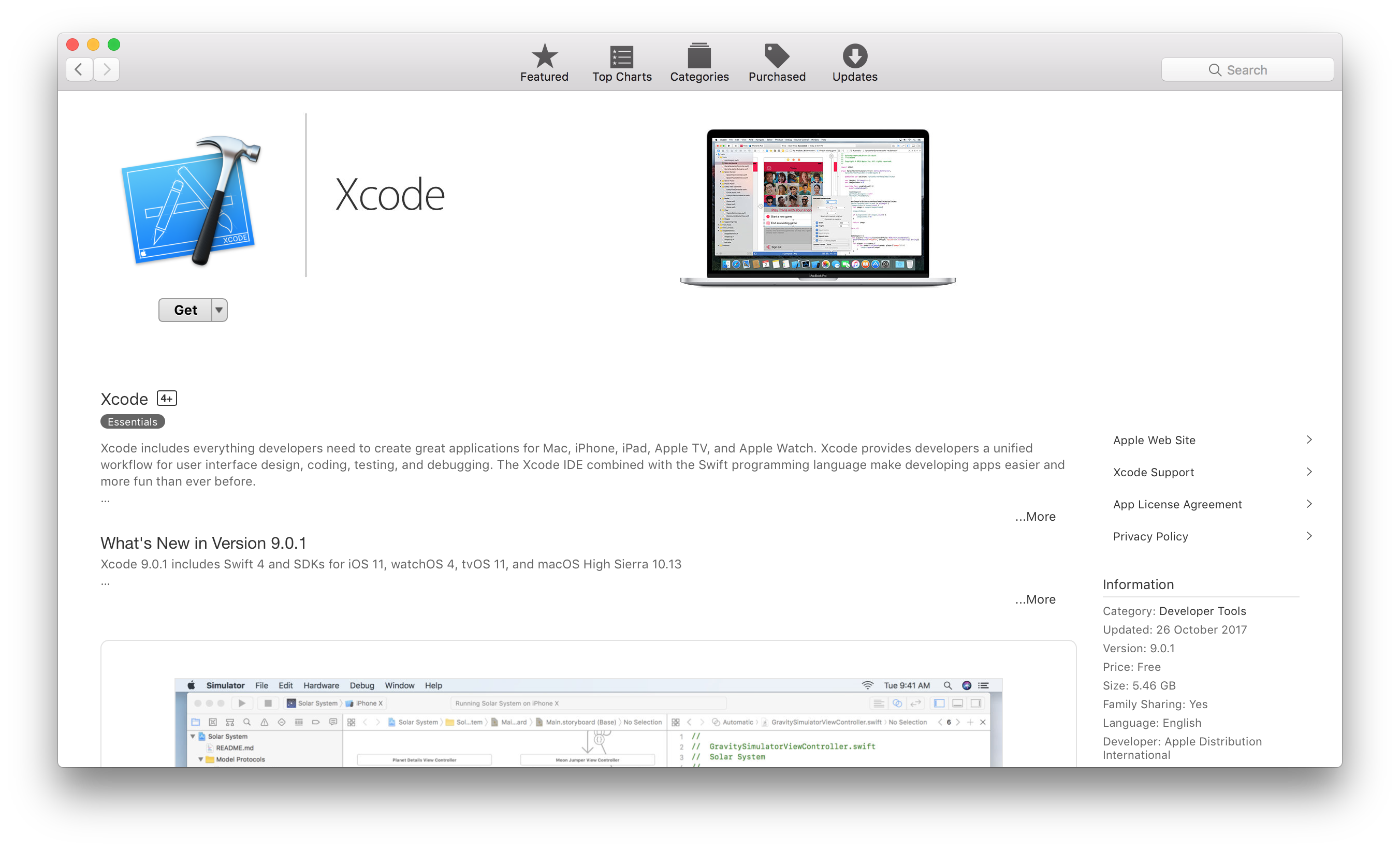The Android Emulator lets you develop and test Android apps without using a physical device. This page describes command-line features that you can use with the Android Emulator. For information about using the Android Emulator UI, see Run Apps on the Android Emulator. Andy Android Emulator for Mac. Andy is a high-end Android Emulator. It’s a powerful as well as a heavy Android Emulator designed for Mac and PC. Andy Emulator comes as a package installer with many apps. It works on a separate Virtual Machine, so the installer file will be much high compared to other Android Emulators. BTW I unable to run the step 2 command but still I able to run the android simulator using command line tool. Thanks, @Farid Haq – Ravi Raja Jangid Feb 20 '19 at 10:06. 10 Best Android Emulators to Run Android on PC and Mac By Sandeep Singh / Updated On: August 11, 2021 / 6 Comments Starting your android emulation experience with Bluestack is the first idea that most android emulator users have in mind.
In this tutorial, you'll learn how to create and run your first .NET Multi-platform App UI (.NET MAUI) app.
Important
The documentation for .NET Multi-app Platform UI (.NET MAUI) is under construction.


Visual Studio for Mac support will arrive in a future release.

Prerequisites
- The latest preview of Visual Studio 2022, with the required workloads. For more information, see Installation.
- A configured Android emulator. For more information about creating an Android emulator, see Android emulator setup.
Get started with Visual Studio 2022 (Preview)
In this tutorial, you'll create your first .NET MAUI app in Visual Studio 2022, and run it on an Android emulator:
Launch Visual Studio 2022, and in the start window click Create a new project to create a new project:
In the Create a new project window, select MAUI in the Project type drop-down, select the .NET MAUI App template, and click the Next button:
In the Configure your new project window, name your project, choose a suitable location for it, and click the Create button:
Wait for the project to be created, and its dependencies to be restored:
In the Visual Studio toolbar, select the drop-down next to the Start button (the triangular button that resembles a Play button), select Android Emulator, and then select the emulator you'd like to deploy the app to:
In the Visual Studio toolbar, press the Start button to launch the app in your chosen Android emulator.
In the running app in the Android emulator, press the CLICK ME button several times and observe that the count of the number of button clicks is incremented.
Build and debug iOS apps
If, while connecting Visual Studio to your Mac through Xamarin Mac Agent (XMA), you are prompted to install a different version of the SDK, you can ignore the prompt since it refers to a legacy version of XMA.
Note
Run Android Emulator Mac M1
Visual Studio 2022 can only currently deploy .NET MAUI iOS apps to the iOS simulator, and not to physical devices.
Prerequisites
- An environment that has been configured for .NET MAUI development. For more information, see Install latest .NET 6.
- A configured Android emulator. For more information about creating an Android emulator, see Android emulator setup.
Get started with .NET command-line interface
In this tutorial, you'll create and run your first .NET MAUI app using the .NET command-line interface (CLI):
In the .NET CLI, create a new .NET MAUI app:
In the .NET CLI, change directory to the newly created project:
In the .NET CLI, change directory to the single project and restore its dependencies:
In the .NET CLI, build and launch the app on your chosen platform:
Note
These commands will launch the app on the default platform device, if one can be found. On Android, it's recommended to start an emulator before building and launching your app.
Select an iOS simulator
It's possible to specify which simulator is launched and used for net6.0-ios by specifying the _DeviceName MSBuild property:
Mac Run Android Emulator In Android Studio
You can retrieve a list of possible unique device id (UDID) values by executing the simctl list command:
The default iOS simulator will be launched if you don't specify a UDID.